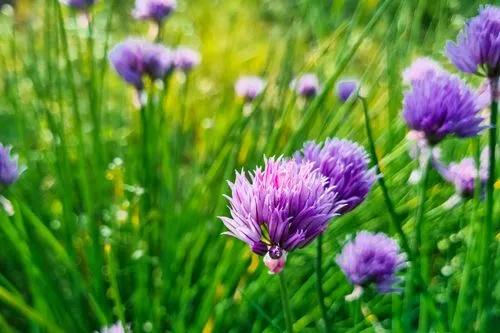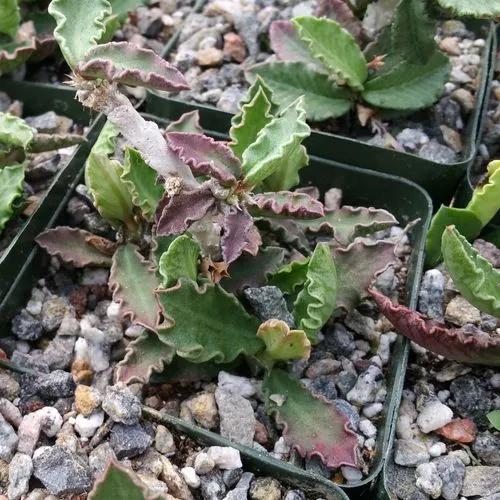Iberis amara, called wild candytuft, rocket candytuft and bitter candytuft, is a species of flowering plant in the genus Iberis, native to Belgium, France, Germany, Great Britain, Italy, Spain, and Switzerland.It has been introduced to numerous locations including Algeria, Sweden, Eastern Europe, the Caucasus, Iraq, Kazakhstan, the Indian Subcontinent, Korea, Far Eastern Russia, New Zealand, Argentina, Ecuador, Hispaniola, the United States, and Canada. It prefers to grow in warm and sunny conditions, in high-calcium soil.
Wild Candytuft Care
Iberis amara



I. amara is a branched erect annual typically 10–30 cm (4–12 in) tall, sometimes reaching 40 cm (16 in). Its stems are more or less hairy below and glabrous above, with leaves scattered along their lengths. Leaf blades are simple, with those lower on the stem spathulate and reaching about 8 cm (3 in) long and 1.2 cm (0.5 in) wide, and those higher up lanceolate or oblong‑cuneate and as small as 3 cm (1.2 in) long and 0.4 cm (0.2 in) wide. All are more or less sparsely dentate towards their apices. The ebracteate inflorescence is a lax racemose corymb, bearing 10 to 30 flowers, and reaching 10 cm (4 in) long when in fruit. Individual flowers are about 1 cm (0.4 in) across, borne on a filiform pedicel, which is either spreading or ascending, and about 1 cm (0.4 in) long. There are four petals, which in wild‑type individuals are white or pale violet, with cultivated varieties available in deeper shades of pink, violet or fuchsia. The petals are prominently unequal, with the outer two nearly twice as long as the sepals. This is controlled by the timing of the expression of the IaTCP1 gene (a member of the TCP protein domain family), which induces extra cell proliferation in the two larger petals, which are 5–8 mm (0.2–0.3 in) 10 mm (0.4 in) long, obovate-oblong, and cuneate beneath.
This plant might be poisonous
How to get rid of: Put on gloves and gently pull out the plant with the root system, you can use a shovel for convenience.
How to Care for the Plant

Popularity

269 people already have this plant 62 people have added this plant to their wishlists
Discover more plants with the list below
Popular articles






